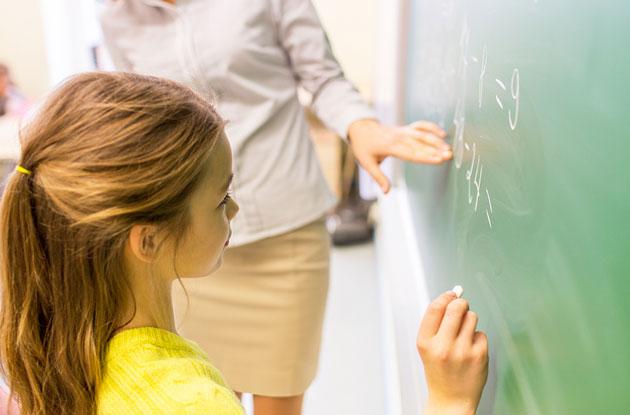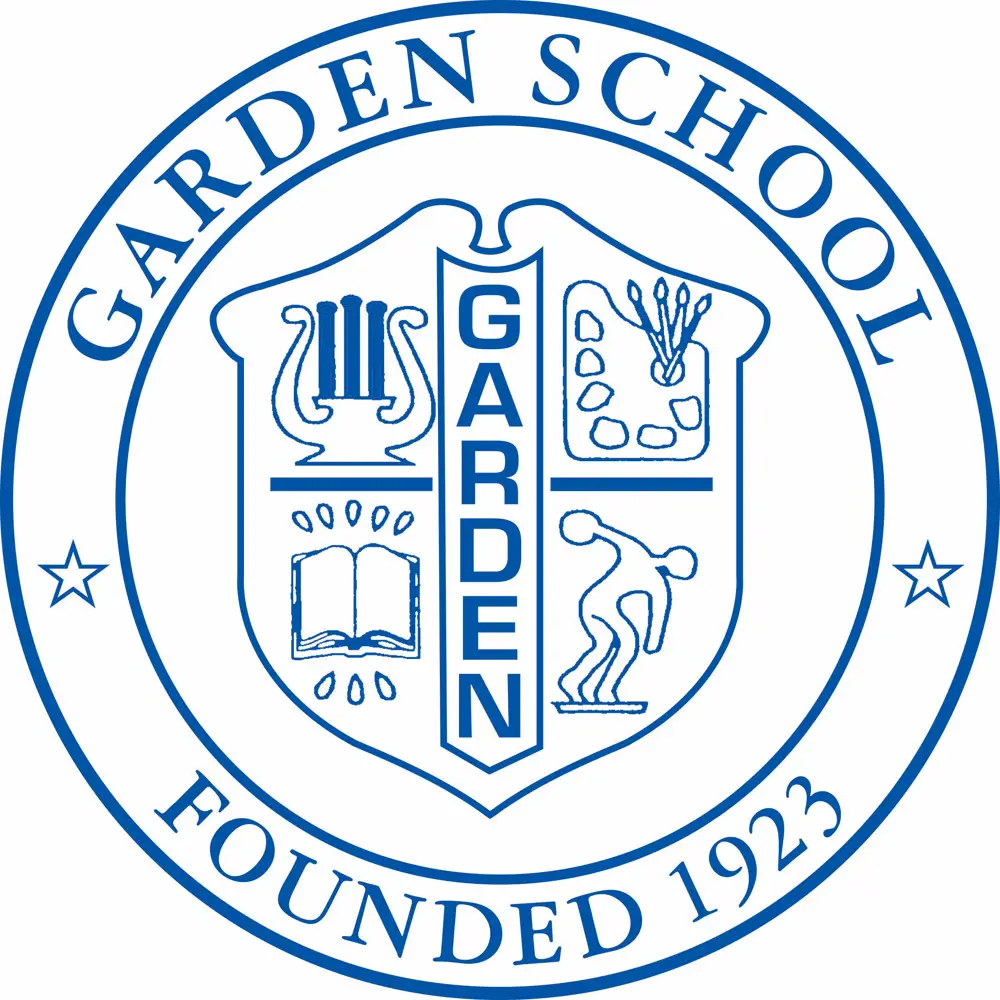
New Report Proves the Importance of Visual Mathematics
Get kid-friendly activities sent to you!
Get the Best Family Activities
But actions like counting on your fingers, drawing shapes in the air and other visualization methods actually help the brain process math. In fact, researchers have suggested that teachers should use gestures to ground mathematical thinking, along with their verbal explanations. And educators seem to agree: When youcubed created a free set of visual mathematics lessons for grades 3-9 last summer, they were downloaded one quarter of a million times by teachers and used in every state across the US. In addition, 88 percent of teachers said they would like more of the activities, and 83 percent of students reported that the visual activities enhanced their learning of mathematics.
And visual math is not only for younger kids, but also students in middle school, high school and college. “Despite the prevalence of the idea that drawing, visualizing or working with models is low level or for young children, some of the most interesting and high level mathematics is predominantly visual,” say the researchers.
The paper lists recommendations on how teachers and parents can engage students in productive visual thinking, including:
- Using visuals, manipulatives and motion in mathematics teaching and parenting
- Providing opportunities for students to use drawing, visualizing or working with models in mathematics
- Teaching algebra visually through pattern study and generalization
- Asking students, at regular intervals, how they see mathematical ideas
- Asking students to represent mathematical ideas in a multitude of ways, such as through pictures, models, graphs, even doodles or cartoons
RELATED: Find More Academic Enrichment Classes Near You
Sign up for our newsletter to receive the latest updates on fun events and other family activities in your area.








